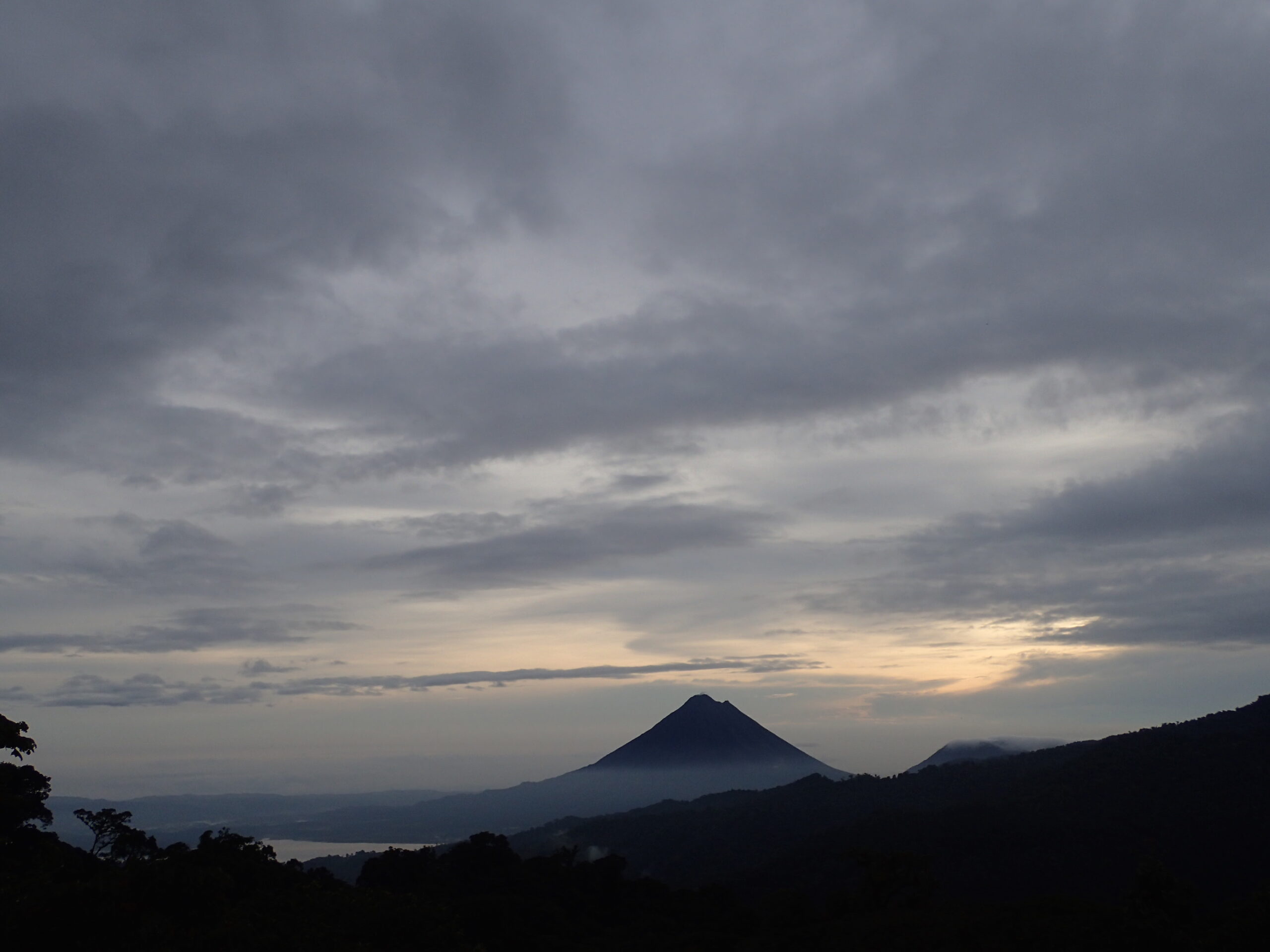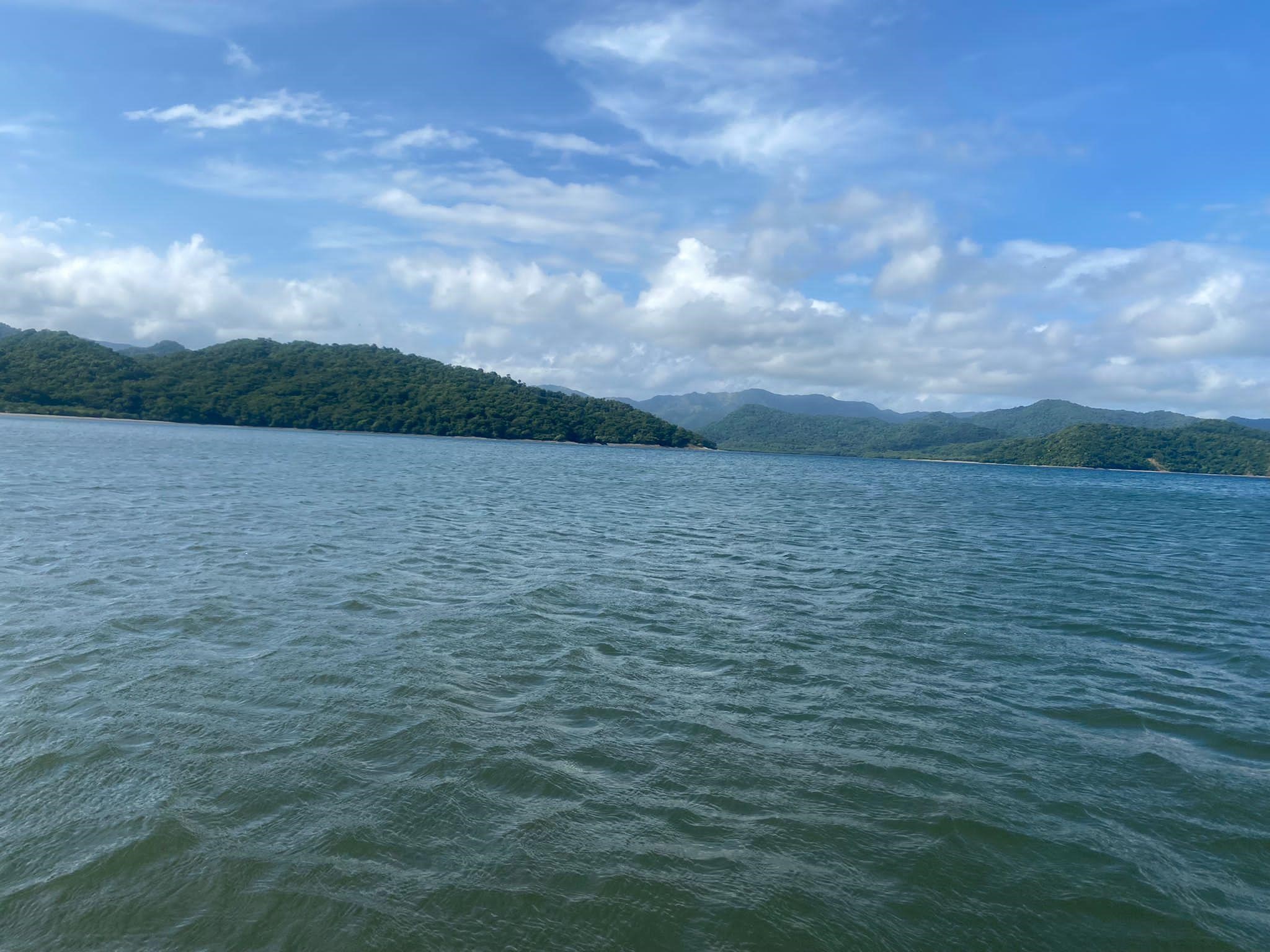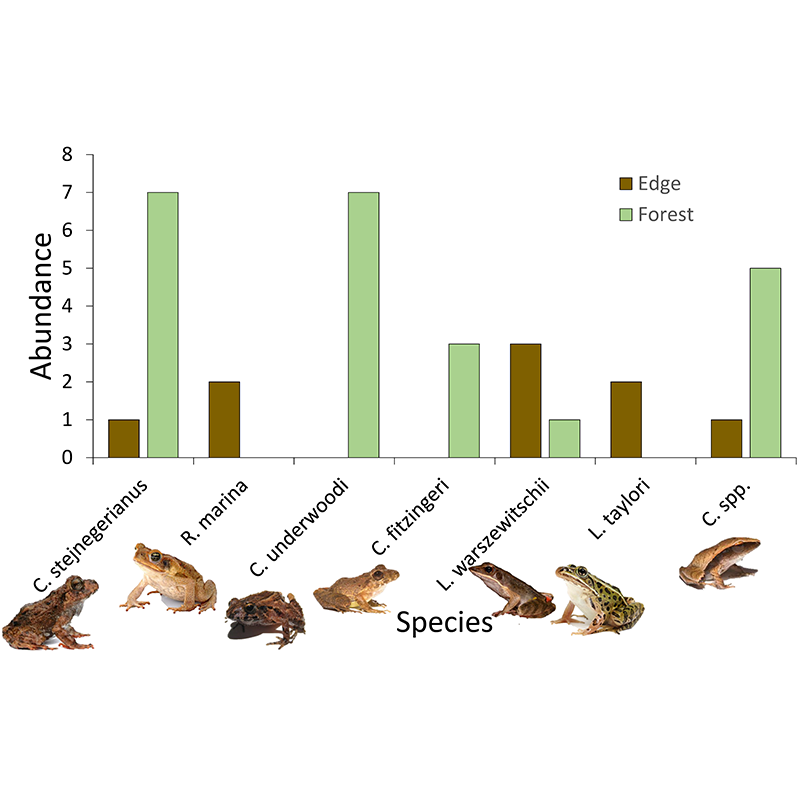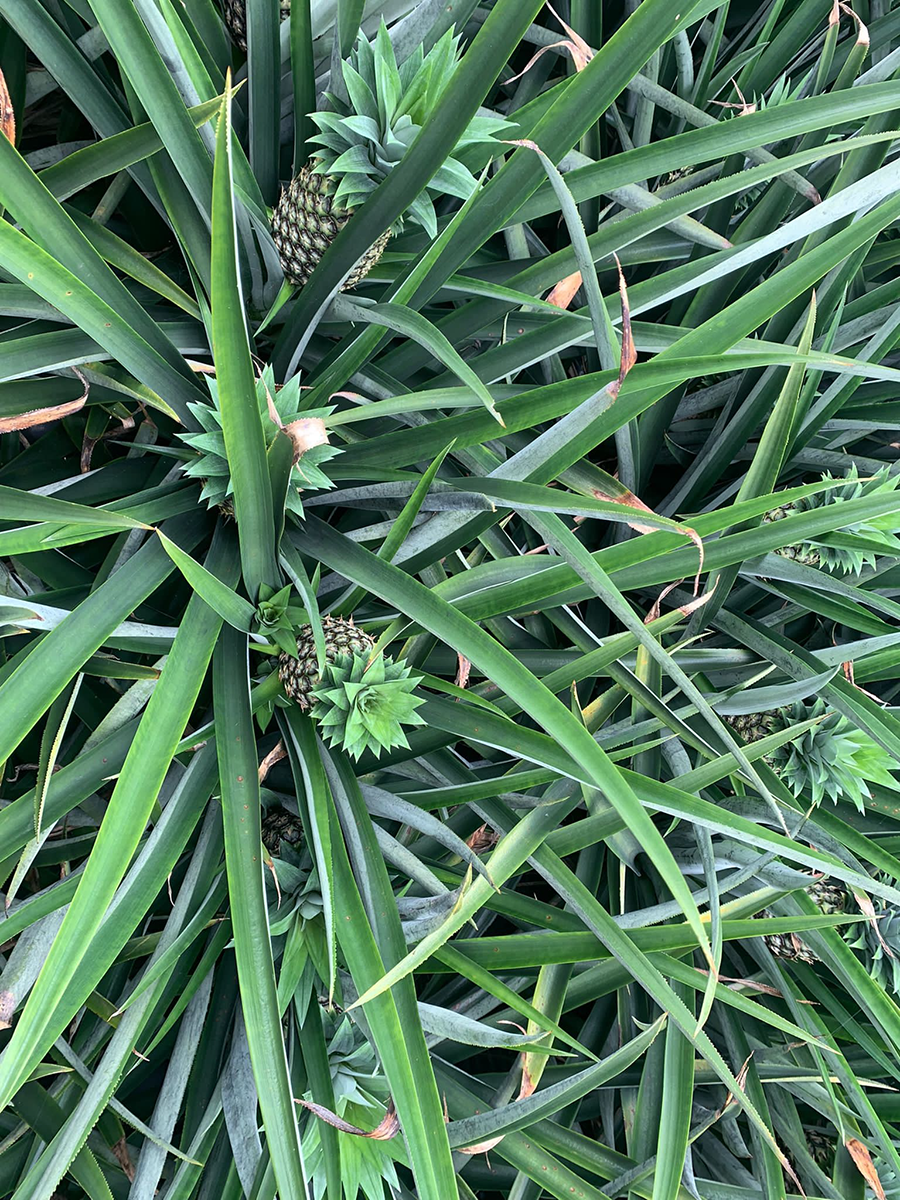Humpback whales are majestic and come to Costa Rica to breed. While on our way to snorkel, we saw some come up to breathe. Our guides, Minor and Miguel, told us about the behavior and ecology of the animals afterward.
During September and October, humpbacks from the southern hemisphere migrate to Costa Rica to give birth. They spend time in the warm waters because there is less predation from Orcas. Because their young can’t dive to deep levels, the whales spend more time in the pelagic open ocean until the young become big. These whales also have serial monogamy in that the mother and father stay together and take care of the young until the next breeding season when they find new partners. One interesting fact is that the migration of Antarctic humpbacks up to Central America, including Costa Rica, is the largest mammal migration.

On a later day at the beach, we were even able to hear the whales when we submerged our heads underwater. I later learned that these sounds were probably made by the male humpback whale since the sounds were long and complex.
Although they are less common, blue whales have also been seen in this part of Costa Rica. One washed ashore a couple of years ago, and its bones of it are still visible today. They still smell really bad. Sadly, we were not able to photograph them, since they only surfaced for seconds at a time.




